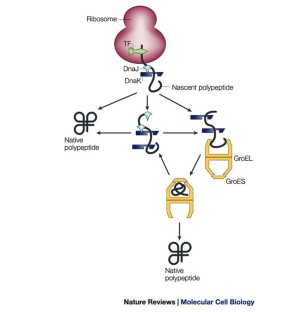
The biology of proteostasis inaging and disease. Aging as an event of proteostasis collapse. Pathways of cellular proteostasis in aging and disease.

This paper presents the first introduction of the term proteostasis and of the proteostasis concept. Adapting proteostasis for disease intervention.

The possibilities of pharmacological augmentation of the capacity of proteostasis networks hold great promise for delaying the onset of age-related pathologies associated with proteome deterioration and for extending healthspan.īalch, W. Recent analyses of proteome-wide changes that occur during ageing inform strategies to improve proteostasis. The resulting accumulation of misfolded and aggregated proteins affects, in particular, postmitotic cell types such as neurons, manifesting in disease. These stresses lead to the decline of proteostasis network capacity and proteome integrity. However, sustaining proteome balance is a challenging task in the face of various external and endogenous stresses that accumulate during ageing.

These factors coordinate protein synthesis with polypeptide folding, the conservation of protein conformation and protein degradation. In healthy cells, a complex proteostasis network, comprising molecular chaperones and proteolytic machineries and their regulators, operates to ensure the maintenance of proteostasis. A hallmark of many age-related diseases is the dysfunction in protein homeostasis (proteostasis), leading to the accumulation of protein aggregates. Ageing is a major risk factor for the development of many diseases, prominently including neurodegenerative disorders such as Alzheimer disease and Parkinson disease.


 0 kommentar(er)
0 kommentar(er)
